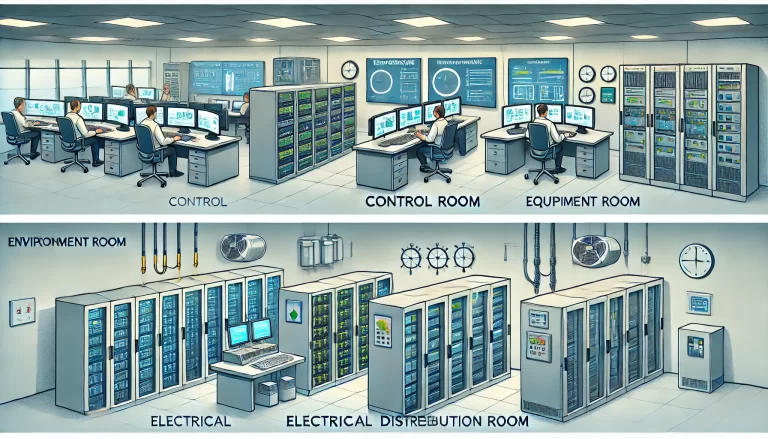Introduction
Industrial automation is a cornerstone of a company’s competitive advantage, directly influencing safety and efficiency. Among the critical aspects of automation management is the self-control utilization rate, which measures the degree to which automated systems are deployed effectively in production processes. While management tools such as inspections, rankings, and performance evaluations are commonly applied, overmanagement can often lead to a disconnect between metrics and actual objectives. This article explores the pitfalls of excessive management and offers strategies for achieving sustainable improvements in self-control utilization rates.
Challenges in Self-Control Utilization Rate Management
Overemphasis on Metrics
In many cases, organizations enforce stringent rules, such as requiring manual approval for switching to manual operations or using alarm counts and operator intervention frequency as performance indicators. While these methods aim to standardize operations, they often lead to unintended consequences, such as operators gaming the system to meet arbitrary benchmarks, rather than focusing on genuine process optimization.

Pursuit of Perfection
Once basic utilization rates meet set benchmarks, organizations often shift focus to advanced metrics, such as “excellent utilization rates” to minimize fluctuations or “effective utilization rates” to eliminate superficial automation. This progressive tightening of standards can inadvertently create new blind spots. For instance, metrics like “zero manual intervention” or “black-screen operations” become aspirational but impractical goals, putting undue pressure on operators and systems.
One-Size-Fits-All Standards
Another common issue is the application of uniform benchmarks across diverse systems. For example, setting fixed thresholds such as fewer than three alarms or six operator interventions per hour fails to account for variations in system design, operational conditions, and staff proficiency. These unrealistic expectations can lead to frustration and counterproductive behavior.

Case Study: Advanced Control Utilization in Acetonitrile Production
Consider an acetonitrile production unit constrained by pump limitations and traditional operating philosophies. Adhering strictly to the designed reflux ratio caused significant losses in acetonitrile at the tower bottom. Simply increasing steam exacerbated the problem. Breaking away from entrenched practices and slightly lowering the reflux ratio ultimately resolved the issue, demonstrating the importance of challenging conventional wisdom and adopting flexible solutions.
Recommendations for Effective Self-Control Rate Management
Emphasize Continuous Improvement
Instead of comparing systems horizontally across plants or regions, focus on longitudinal comparisons. Evaluate each control loop against its historical best performance and prioritize loops showing signs of performance degradation for detailed analysis and improvement.

Tailor Standards to Context
Recognize the unique characteristics of each system. For instance, redundant designs like backup reboilers or temporary deactivations of advanced process control (APC) modules due to operational changes should not be penalized. Flexible benchmarks that adapt to the system’s specific needs are more effective than rigid, universal standards.
Avoid Overmanagement
Metrics should guide improvement, not dictate behavior. Excessive focus on metrics such as alarm counts or operator interventions can lead to superficial compliance. Instead, adopt a balanced approach that respects the judgment and expertise of operators while fostering genuine problem-solving.

Support a Problem-Solving Culture
Management should focus on identifying and addressing root causes rather than simply assigning blame. For example, in the acetonitrile unit, the root issue was a mismatch between operational practices and system design. By addressing this underlying problem, rather than enforcing stricter controls, sustainable improvements were achieved.
Enable Data-Driven Decision-Making
Leverage advanced analytics to monitor trends in system performance and predict potential issues. For example, abnormalities in control variables that remain stable may warrant observation rather than immediate intervention. Conversely, deteriorating trends should trigger targeted corrective action

Conclusion
The management of self-control utilization rates is more than just a technical challenge; it is a balancing act between achieving high levels of automation and maintaining the flexibility needed to address real-world complexities. By prioritizing continuous improvement, tailoring benchmarks, and fostering a problem-solving culture, organizations can unlock the full potential of their automation systems while avoiding the pitfalls of overmanagement. The ultimate goal should be to create systems that not only meet performance metrics but also empower operators and enhance overall efficiency.
